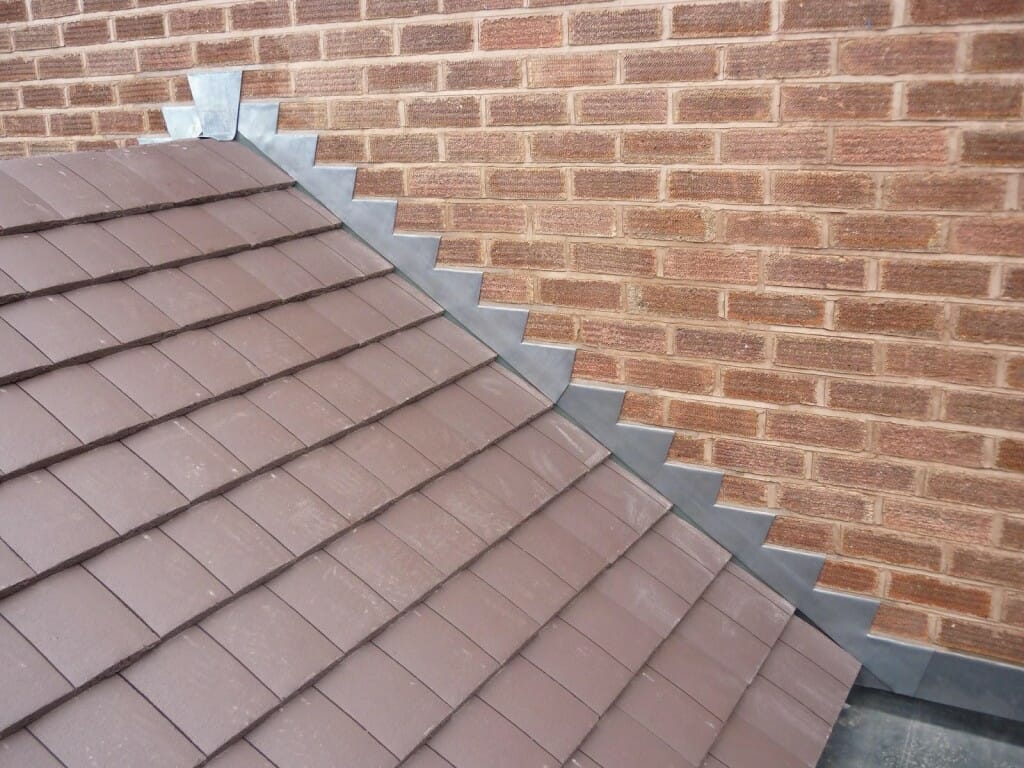The Lone Star Benefit: Benefits of Possessing Texas Land The Lone Star Benefit: Benefits of Possessing Texas Land
The Lone Celebrity Advantage: Advantages of Owning
Texas, with its substantial expanses and varied landscapes, has long been a prime location for land ownership. From rolling hills to stretching savannas, the Lone Celebrity State supplies an one-of-a-kind blend of opportunity, liberty, and possibility for those looking to invest in realty. Whether you’re thinking about a cattle ranch, farmland, or an entertainment home, having land in Texas comes with a host of benefits that make it an appealing suggestion for both locals and out-of-state investors alike.
1. Abundance and Price
Among one of the most significant benefits of owning Texas land is its loved one abundance and price contrasted to lots of various other states. With over 170 million acres of exclusive land, Texas provides sufficient chance for potential buyers to find a residential property that fits their needs and budget plan. This wealth usually converts to a lot more affordable prices, enabling financiers to acquire larger tracts for their money than they may in even more densely booming areas.
2. No State Earnings Tax
Texas is just one of the few states in the U.S. that doesn’t enforce a state earnings tax on its residents. This financial advantage encompasses landowners, that can possibly save countless dollars annually compared to residing in states with high income tax obligation prices. The lack of state earnings tax allows property owners to allot even more resources in the direction of land advancement, enhancements, or merely taking pleasure in the fruits of their financial investment.
3. Solid Property Civil Liberties
Texas has a long-lasting practice of securing Personal property civil liberties. The state’s legislations and guidelines normally favor landowners, supplying them with considerable control over their residential property’s usage and advancement. This Legal structure supplies peace of mind to capitalists, knowing that their rights as property owners are well-protected under Texas legislation.
4. Diverse Land Usage Opportunities
The sheer dimension and geographical diversity of Texas existing landowners with a wide array of possible uses for their building. From farming endeavors and ranching to entertainment tasks like searching and angling, Texas land can be customized to suit various rate of interests and income-generating possibilities. This versatility allows proprietors to adapt their land use in time, replying to altering market conditions or personal choices.
5. Natural Deposit Prospective
Texas is abundant in natural deposits, consisting of oil, natural gas, and minerals. Landowners who have mineral legal rights on their residential property might benefit from royalties if beneficial resources are found and removed. While not assured, this capacity for extra revenue streams includes an additional layer of value to land possession in Texas.
6. Admiration Possible
Historically, Texas land has shown solid admiration possibility, especially in locations experiencing population growth or financial development. As cities increase and framework enhances, previously rural areas can see considerable rises in land worth. This long-term gratitude possibility makes Texas land an attractive alternative for those wanting to construct riches gradually.
7. Agricultural Tax Exemptions
Texas supplies farming tax obligation exemptions, also called “ag exceptions,” which can significantly decrease real estate tax for landowners that use their home for agricultural functions. These exemptions relate to numerous activities, consisting of livestock raising, plant cultivation, and even wild animals management. By getting an ag exception, landowners can significantly reduce their yearly tax concern, making land possession more affordable in the future.
8. Recreational Opportunities
For those looking for a retreat from metropolitan life, Texas land uses unequaled entertainment chances. Whether it’s hunting, fishing, hiking, or just delighting in the great outdoors, possessing a piece of Texas enables people and family members to create their own private sanctuary. This facet of land ownership not only enhances lifestyle however can additionally give prospective revenue through leisure leases or agritourism endeavors.
9. Water Rights
In a state where water is a valuable commodity, possessing land in Texas usually comes with beneficial water civil liberties. These civil liberties can be crucial for farming procedures, livestock administration, or even entertainment functions like creating personal lakes or fish ponds. The capacity to access and use water sources includes significant worth to Texas land holdings.
10. Heritage Creation
Probably among one of the most abstract yet meaningful benefits of possessing Texas land is the possibility to create a long lasting heritage. Land ownership allows people to establish a connection to a certain area, develop memories, and potentially give a valuable asset to future generations. This aspect of land ownership reverberates deeply with many Texans and newbies alike, who value the concept of stewardship and leaving a favorable mark on the land.
Verdict
Owning land in Texas supplies an one-of-a-kind mix of economic, personal, and way of life advantages. From the possibility for appreciation and revenue generation to the freedom to go after different land utilizes, Texas land ownership offers chances that are tough to match in other places. Whether you’re seeking an investment, an area to call home, or a piece of the renowned Texas landscape to call your very own, the benefits of possessing Texas land make it an engaging choice for a vast array of purchasers. Similar to any type of substantial financial investment, possible landowners should carry out detailed research and due persistance to guarantee that their Texas land acquisition aligns with their goals and assumptions.




